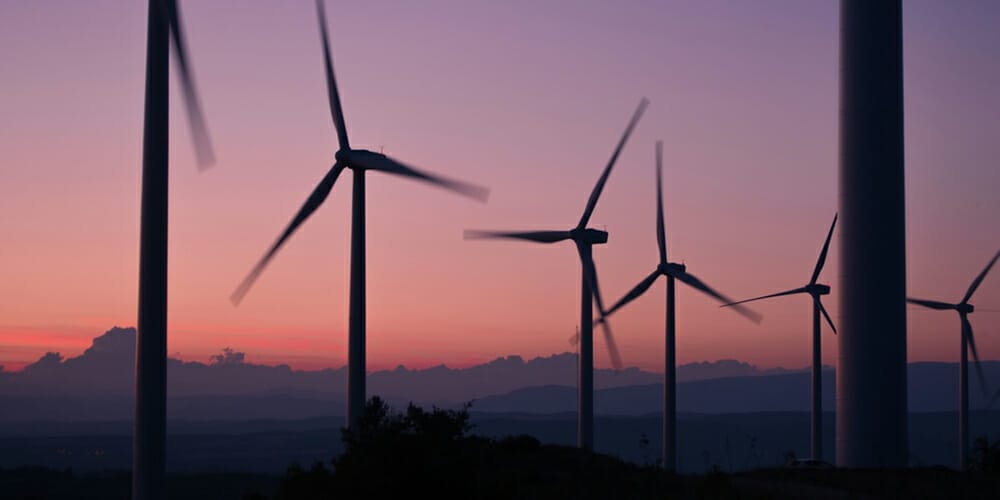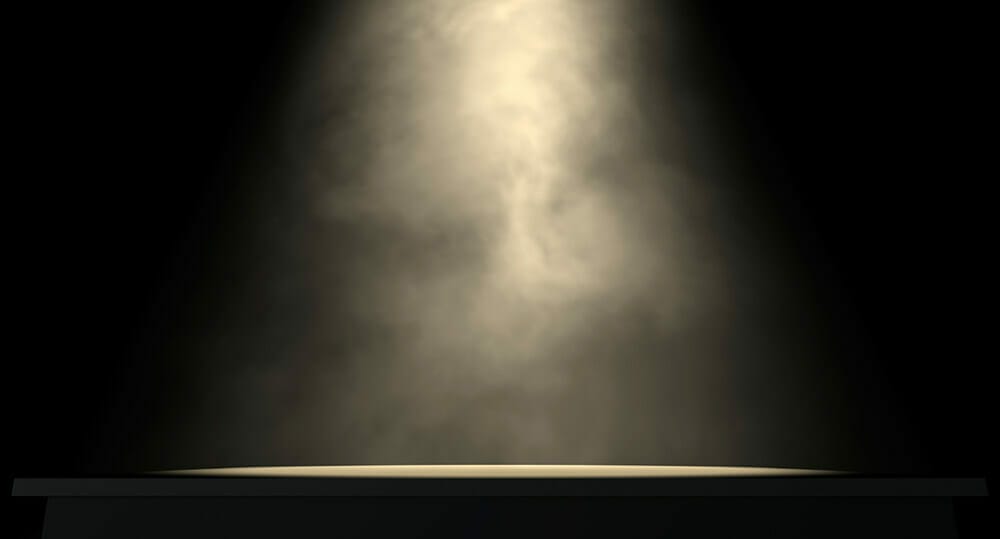Renewable energy infrastructure is an immature market and needs an accepted definition of equity risk, according to Jim Barry, global head of Blackrock Infrastructure Investment Group. This lack of a common language means investors need to be very clear on what risk exposure they are looking for and where they “play” in renewable energy.
Speaking at the Fiduciary Investors Symposium in Chicago, Barry said that the debt side, which is newer, is much “safer” because they have a language of risk – which is credit rating.
“I am a person on a mission on definition of equity risk. This is an immature industry as we have no definition. On the debt side you can define what you want and get it. But if you put 20 investors in a room and ask them for a definition of core, you’ll get 20 different definitions – there is no common language.”
As a result investors need to closely examine the risk-factor exposure of potential investors.
“If you buy a wind farm in the US with an investment-grade utility… and it’s an operating asset – that is clearly a core low-end risk. If you buy a platform with development exposure as well as operating assets across multiple jurisdictions … it may be on the spectrum, and that’s private equity risk in renewable power infrastructure.”
Investors need to think very clearly on how they want to play in this space and what equity risk exposure they are looking for.
Investing in renewable power projects is relatively new for many investors compared with investing in more traditional energy and infrastructure.
Five years ago, investments in this area would have been considered niche, but it has grown very quickly.
Now, 20 per cent of the market for infrastructure is in renewable power assets, with growth driven by fundamental secular shifts. And coal is the loser.
“Coal is frankly dead – if you’re taking a 20 to 30-year perspective, it is dead,” Barry says, “and that is driving a response to the other technologies.”
“I’m not saying there isn’t money to be paid in the short term from coal in terms of tactical plays. But there is no new coal being built in the US today because no utility is taking on a 30-year contingent liability on carbon dioxide.”
Blackrock Infrastructure has no coal investments.
Barry says gas is a big winner, particularly in North America where shale gas is increasing. But nuclear is challenged.
“Renewables is a go-to for just a need for power, before we even get to climate,” he said.
Barry says that renewables are all about the resource; it is a fixed-cost asset and something like 70 to 85 per cent over 30 years in the capital cost. So if you get more wind or sun per site you’ll get a cheaper cost of electricity.
He says the US has the cheapest renewables in the world, citing the contract price for wind in the mid-west as somewhere between $0.025–$0.03 per kilowatt hour fixed price for 20 years.
“It’s like power for nothing for utilities,” he says.
But, he warns, these are complex transactions with unique circumstances market by market, with credit risk on the price, and regulatory risk.




